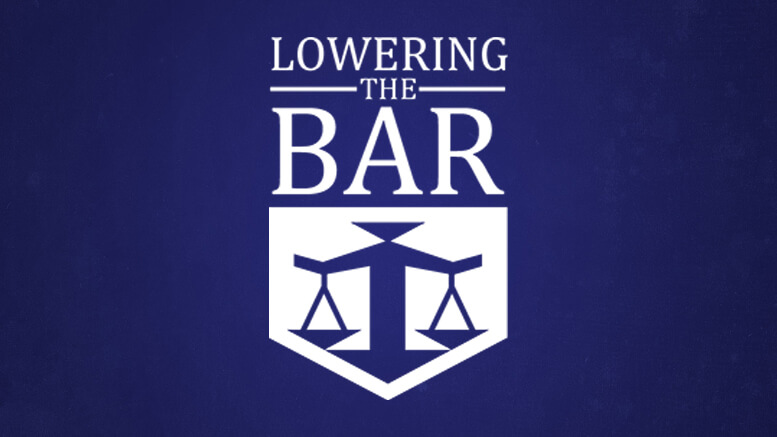In what is said to be only the third such paternity case in the U.S., a New Jersey judge ruled that a man identified as “A.S.” had to pay child support for one twin but not the other, because he was not that twin’s father. How is that possible? I’m sure A.S. had the same question.
“T.M.,” the mother of the twins, was applying for benefits and told the agency her twins had been fathered by A.S., described by the New York Times as her “romantic partner.” He apparently disputed this because he did not want to pay child support, and the agency then filed a paternity suit to force him to pay. T.M. then admitted in her testimony that she had a second romantic partner (actually, the Times just calls that one an “unidentified man”) within a week of being with the first one. The court ordered a paternity test, and the results were surprising to everyone.
But not too surprising to Dr. Karl-Hans Wurzinger, a DNA expert who testified in the case. You probably remember Dr. Wurzinger from his 1980 dissertation, “Allozyme Variation in the African Freshwater Snail Genus Bulinus,” if you weren’t already digging him after 1974’s “Phylogeny and Correlations of Aldehyde Oxidase, Xanthine Oxidase, Xanthine Dehydrogenase and Peroxidase in Animal Tissues,” later made into a not-very-popular film. But he is also known for a 1997 paper on fraternal twins with different fathers.
Basically, this can happen if, in the course of about a week, one blessed event occurs, the female ovulates again, and then she has a second romantic partner who also hits the target. Scientists refer to it as “heteropaternal superfecundation” but it is known informally as Have None of These People Ever Heard of Birth Control Syndrome. Wikipedia says this is not uncommon in animals, for reasons that probably need not be explained, but Dr. Wurzinger found that it is relatively rare in humans, occurring in one out of in 13,000 reported paternity cases. (It probably explains some regular cases of fraternal twins, but those don’t get disputed, and DNA testing wouldn’t work anyway.) Another expert quoted by the Times pointed out that DNA testing is not always necessary to detect a case of heteropaternal superfecundation, saying that the phenomenon is illustrated in medical textbooks with a picture of fraternal twins who were, shall we say, of different racial backgrounds.
In the New Jersey case, the evidence was semi-good news for A.S., who lost (because he has to pay child support) but also won (because he only has to pay for one child). Whether Unidentified Man will also be on the hook is unknown.
Surprisingly or not, this is not the first paternity case involving twins that I’ve mentioned. But that one did not involve supercalifragilistic expialidocious, or whatever, because the twins weren’t the children in that case—they were the fathers. And DNA evidence didn’t help, because they were identical twins. See “Riddle Me This: When Does A DNA-Test Result With 99.9% Certainty Not Prove Paternity?” (May 22, 2007).

